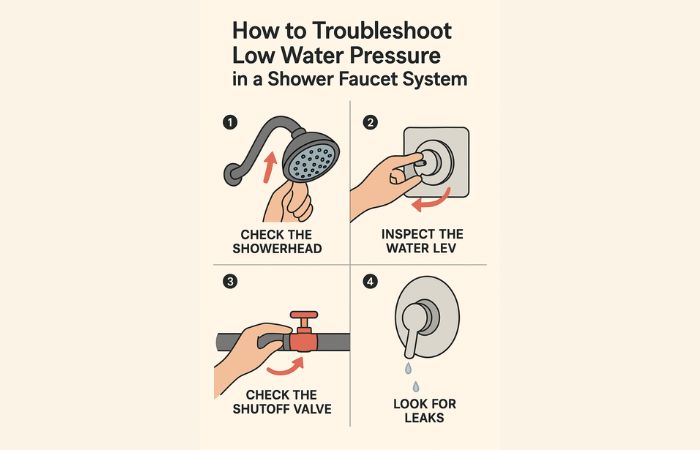As the world grows more conscious of environmental challenges and energy costs continue to rise, more homeowners are seeking energy independence. Modern homes are evolving, integrating technologies and systems that reduce reliance on the grid while promoting sustainability. From smart energy management to renewable energy adoption, the journey toward energy independence is reshaping how we build and live in our homes.
The Rise of Self-Sufficient Energy Systems
Energy independence in modern homes refers to the ability to produce, store, and manage energy without relying heavily on external sources. This doesn’t always mean going completely off-grid, but rather significantly reducing utility dependence through smart integration of renewables and efficient infrastructure.
Homeowners are increasingly investing in solar power, wind energy, and battery storage systems. These technologies allow homes to generate their own electricity and store it for later use, making them less vulnerable to power outages and fluctuating energy prices.
Solar Power at the Heart of the Movement
At the forefront of energy independence is solar power. Rooftop solar panels are becoming more efficient and affordable, offering homeowners the ability to harness clean energy directly from the sun. As solar technology advances, installation processes have also improved, making it easier than ever to transition toward renewable power.
For residents in sunny regions, this shift is even more impactful. For instance, installing solar panels Tucson homes can make excellent use of the area’s abundant sunlight, turning rooftops into personal power stations. Not only does this reduce electricity bills, but it also adds value to the property while supporting local environmental goals.
The Role of Battery Storage and Energy Management
Solar panels alone are a significant step forward, but combining them with battery storage unlocks even greater independence. Modern lithium-ion batteries, such as the Tesla Powerwall, store excess energy produced during the day for use at night or during outages. This ensures a consistent energy supply, even when solar generation is not active.
Alongside storage solutions, smart energy management systems are helping homeowners monitor and control energy use in real time. These systems optimize consumption by scheduling high-energy tasks during peak solar production hours and minimizing waste. They can also interface with appliances, lighting, and HVAC systems to create a fully integrated and responsive energy network within the home.
Energy-Efficient Building Materials and Designs
The push toward energy independence doesn’t end with solar panels and batteries. The way homes are built also plays a vital role. New construction projects are focusing on passive design principles, such as improved insulation, double or triple glazing, and strategic window placement to maximize natural light and airflow.
Materials like insulated concrete forms (ICFs), cool roofing, and energy-efficient windows reduce heating and cooling needs, lowering the overall energy demand. In many cases, these features alone can reduce energy consumption by 30% or more, making renewable systems even more effective.
Government Incentives and Future Outlook
Governments worldwide are encouraging the shift toward energy independence with rebates, tax credits, and incentives for homeowners who install renewable systems. These programs help offset initial costs, making advanced energy systems more accessible to a broader population.
The future looks promising as innovation continues. From hydrogen fuel cells to advanced microgrids and community energy-sharing models, the options for energy-independent living are expanding. As more homeowners embrace these technologies, we can expect modern neighborhoods to function more like interconnected, self-reliant ecosystems than isolated households.
Conclusion
Modern homes are not just places to live. They’re becoming smart, efficient, and increasingly independent power hubs. Solar panels, battery storage, smart systems, and sustainable materials all contribute to a growing trend that favors control, savings, and environmental responsibility.




